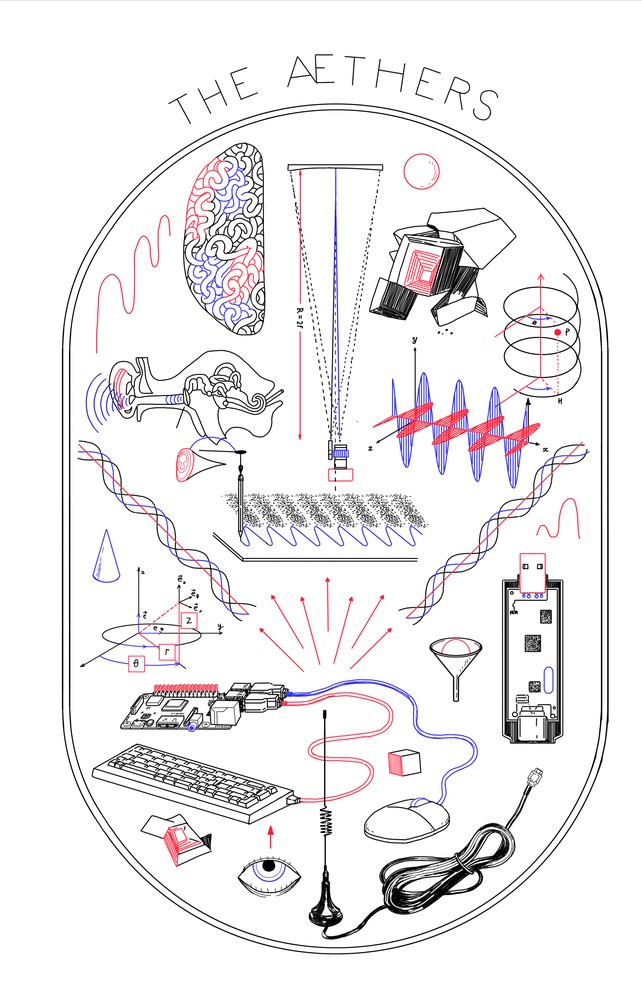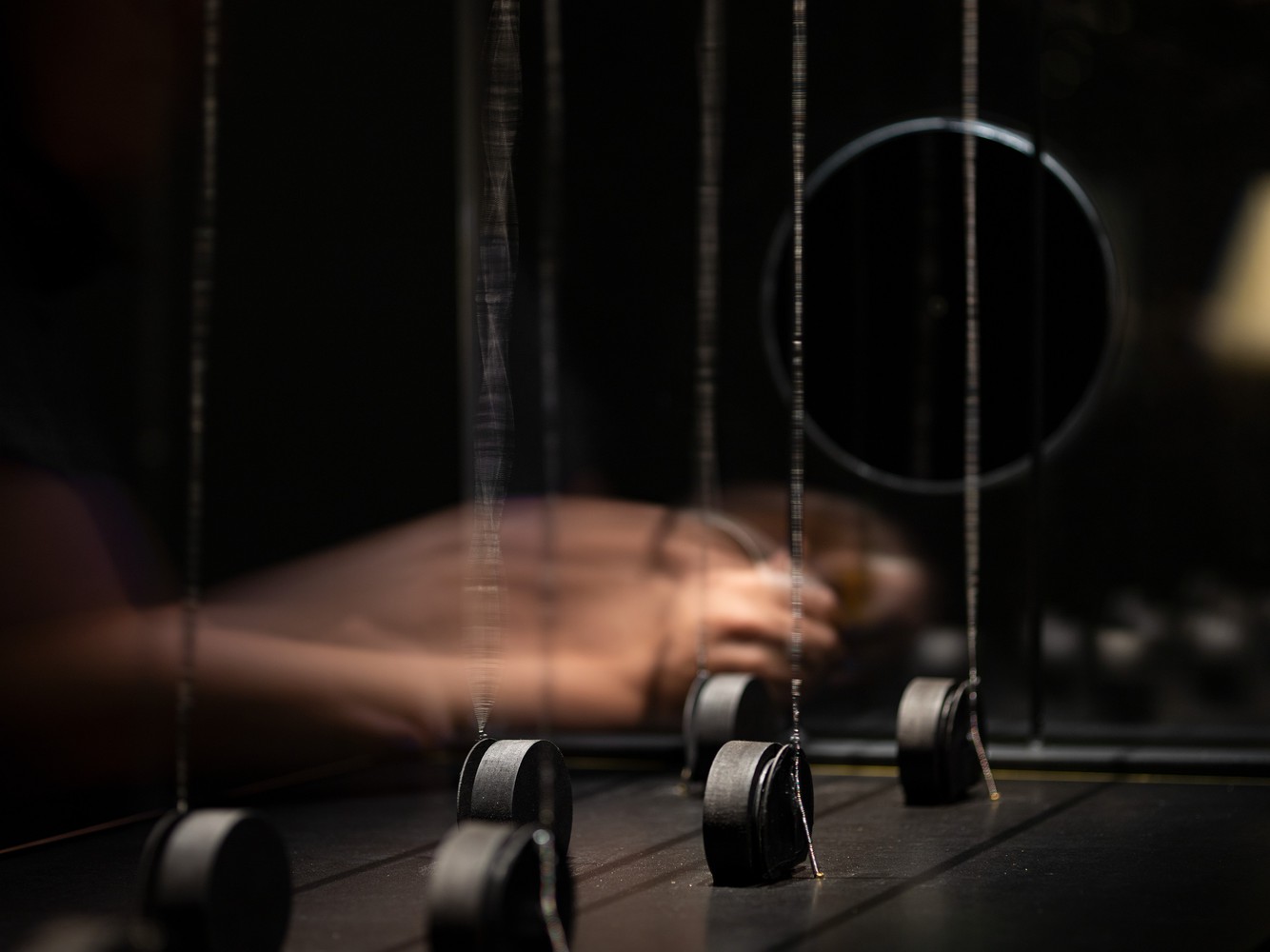Ordinateurs et smartphones, et toute déclinaison de nos technologies modernes font voyager nos doubles électromagnétiques d’un bout à l’autre de la planète. Ils errent parfois indéfiniment dans l’atmosphère ; nous sommes tous devenus médiums. Aux ondes cosmiques et aux rayons gamma qui saturent le vide au travers duquel nous communiquons s’ajoutent des voix humaines, des messages personnels, des discussions collectives, des informations essentielles, des anecdotes…
C’est à partir de la seconde moitié du XIXe siècle que l’invisible commence à se voir. Chimistes, physiciens, ingénieurs, inventeurs, médiums, théosophes et autres savants s’immergent collectivement dans un grand bain de substances distinctes de la matière, mais pas moins réelles. Ce milieu – que certains appellent « éther » et d’autres « fluide » ou « corps » – est traversé par des forces, des effluves, des ondes qui émanent des êtres animés et inanimés : les rayons cosmiques, les pensées des humains, les flux vitaux des plantes, les énergies des médiums, la voix des morts… Ce à quoi s’ajoutent aujourd’hui données satellites, wifi, ondes radio, conversations téléphoniques…
Chacun à leur manière, chimistes, physiciens, ingénieurs, inventeurs, médiums, médecins et théosophes imaginent – parfois ensemble – des appareils pour détecter et exploiter toutes ces forces. Ce faisant, ils détournent des appareils tout juste inventés ou en découvrent de nouveaux qui seront parfois réalisés et utilisés à d’autres fins : biomètre, dynamomètre, sténéomètre, psycosope, nécrophone, psychophone, machines à mouvement perpétuel, phonographe, télégraphe, téléphone… Tous ces appareils sont des assemblages composites d’instruments de mesure, de substances chimiques, de dispositifs physiques, de corps humains… Ils ne cachent pas qu’ils sont façonnés par les forces qu’ils détectent autant qu’ils les façonnent.
Ils rendent les forces tangibles en traduisant leurs effets sous la forme d’images photographiques, de graphes tracés, de mouvements d’objets, de sons étranges…
Cet épisode de la science du XIXe siècle recèle des possibilités inexplorées pour rendre sensible la densité du vide à travers lequel nous communiquons. Ondoscope les rouvre pour imaginer d’autres rapports à ce que nous ne voyons pas.
Deborah Levy
Sophie Braun, Patricia Lefebvre, L'Association Jonckheere, Le Club radio amateur de Wasquehal, Julie Machin, Pierre Lelay, Cyprien Quairiat, Cindy Coutant, Julien Poidevin, Deborah Levy, Evelina Domnitch & Dmitry Gelfand, Elodie Wattiaux, Baptiste De La Gorce, Éric Prigent, L’équipe pédagogique du Fresnoy – Studio national des arts contemperain

Claire Williams est une artiste basée à Bruxelles. Ses médiums principaux sont le son, le textile et l’électronique. Ses œuvres explorent notre relation au monde de l’invisible. Elle y construit des appareils et dispositifs qui captent des données imperceptibles ou inaudibles de notre spectre électromagnétique. Ces interactions se traduisent dans des jeux de langages, sonores, textiles, numériques ou tactiles.
CursusMaster à l'Ecole National Supérieur des Art Visuels de La Cambre (Bruxelles) en Design Textile








